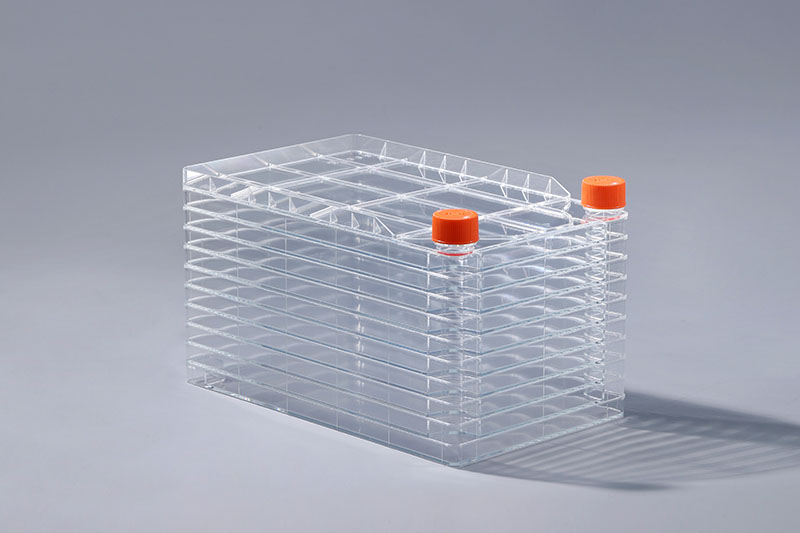— расходный материал для многослойных клеточных культур. При культивировании клеток часто проводят различные экспериментальные операции с помощью различных приспособлений. Вулканизированная платиной силиконовая трубка является своего рода вспомогательным трубопроводом, обычно используемым в процессе испытаний.Вулканизированная платиной силиконовая трубка представляет собой силиконовую трубку, вулканизированную платиновым катализатором. Он в основном используется для перекачки жидкости на клеточном заводе. Этот тип трубопровода обладает характеристиками без запаха, нетоксичностью, кислото- и щелочестойкостью, озоностойкостью и химической коррозионной стойкостью. Технология его обработки сложна, а стоимость производства высока. Он широко используется в пищевой и медицинской промышленности и относится к относительно высокому уровню силиконовых трубок. Вулканизация cell factory
Platinum представляет собой двухкомпонентный вулканизирующий агент аддитивного типа. Он имеет характеристики низкой температуры вулканизации и высокой скорости вулканизации. По сравнению с традиционной системой пероксидной вулканизации, она имеет преимущества защиты окружающей среды, высокой эффективности и отсутствия запаха. Поскольку страны уделяют все больше и больше внимания требованиям защиты окружающей среды и санитарии, особенно требованиям к испытаниям продуктов из органического кремния, связанных с питанием человека и лечением, он вскоре заменит традиционный вулканизирующий агент пероксида. После вулканизации платиной продукт имеет отличные физические свойства, стабильные размеры, низкую скорость усадки и значительно улучшенную прочность на растяжение, прочность на разрыв и упругость. хорошая термостойкость и способность выдерживать стерилизацию при высокой температуре и высоком давлении, что также является важной причиной, по которой многие научно-исследовательские учреждения и фармацевтические компании выбирают этот тип трубопровода.
Platinum vulcanization is a two-component addition type vulcanizing agent. It has the characteristics of low vulcanization temperature and fast vulcanization speed. Compared with the traditional peroxide vulcanization system, it has the advantages of environmental protection, high efficiency and odorless. As countries pay more and more attention to the requirements of environmental protection and sanitation, especially the testing requirements for organic silicon products related to human food and medical treatment, it will soon replace the traditional peroxide vulcanizing agent. After platinum vulcanization molding, the product has excellent physical properties, stable dimensions, low shrinkage rate, and greatly improved product tensile strength, tear strength and resilience.
In addition, the platinum vulcanized silicone tube used in the cell factory also has very good temperature resistance and can withstand high temperature and high pressure sterilization, which is also an important reason why many scientific research institutions and pharmaceutical companies choose this kind of pipeline.
The FAI climbed 5.9 percent year-on-year in the first 11 months of 2018, quickening from the 5.7-percent growth in Jan-Oct, the National Bureau of Statistics (NBS) said Friday in an online statement.
The key indicator of investment, dubbed a major growth driver, hit the bottom in August and has since started to rebound steadily.
In the face of emerging economic challenges home and abroad, China has stepped up efforts to stabilize investment, in particular rolling out measures to motivate private investors and channel funds into infrastructure.
Friday's data showed private investment, accounting for more than 60 percent of the total FAI, expanded by a brisk 8.7 percent.
NBS spokesperson Mao Shengyong said funds into weak economic links registered rapid increases as investment in environmental protection and agriculture jumped 42 percent and 12.5 percent respectively, much faster than the average.
In breakdown, investment in high-tech and equipment manufacturing remained vigorous with 16.1-percent and 11.6-percent increases respectively in the first 11 months. Infrastructure investment gained 3.7 percent, staying flat. Investment in property development rose 9.7 percent, also unchanged.
 English
English



















































